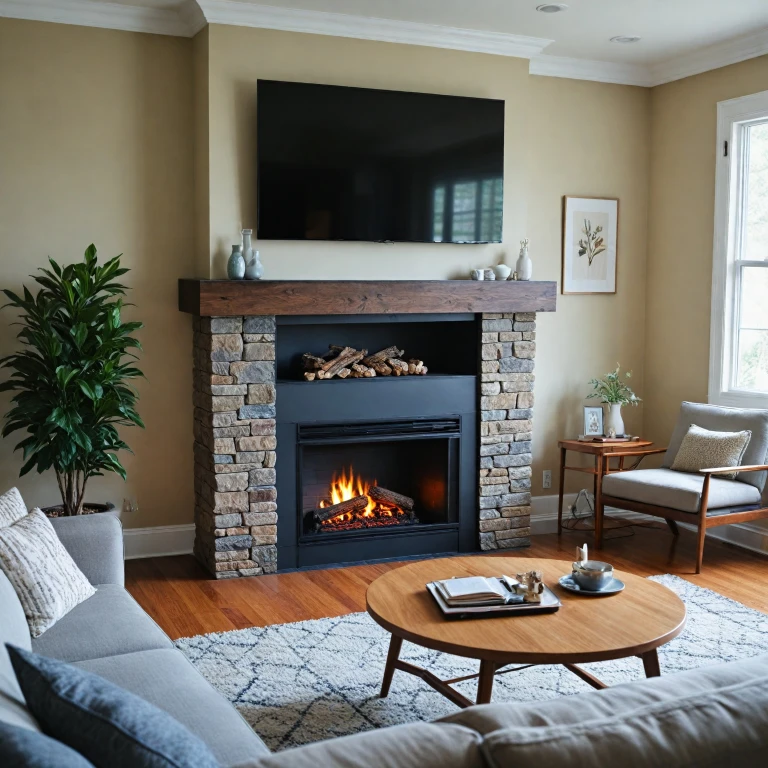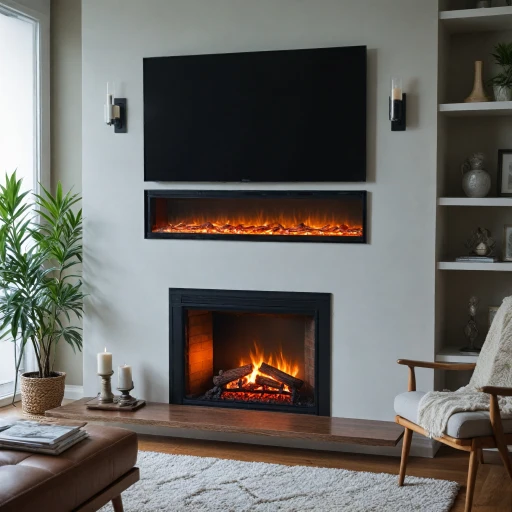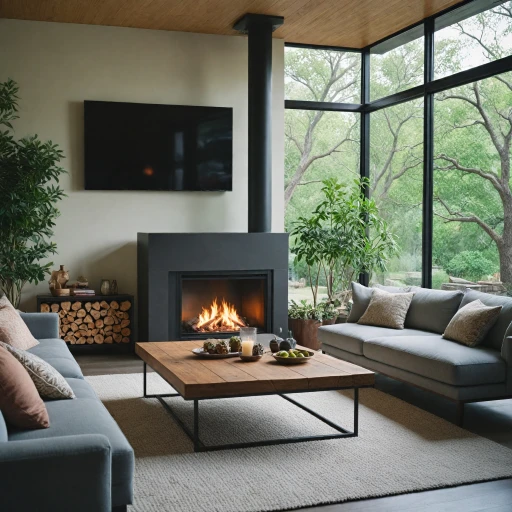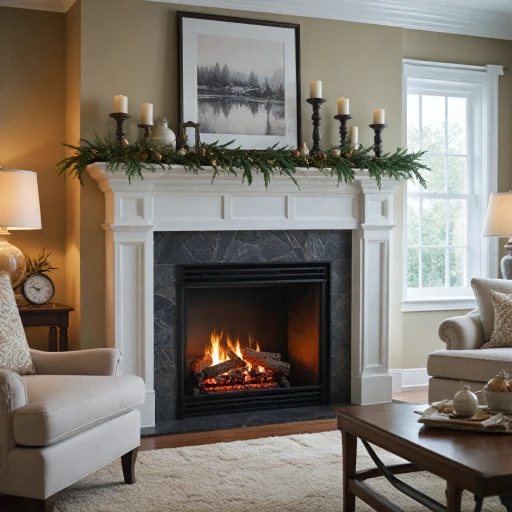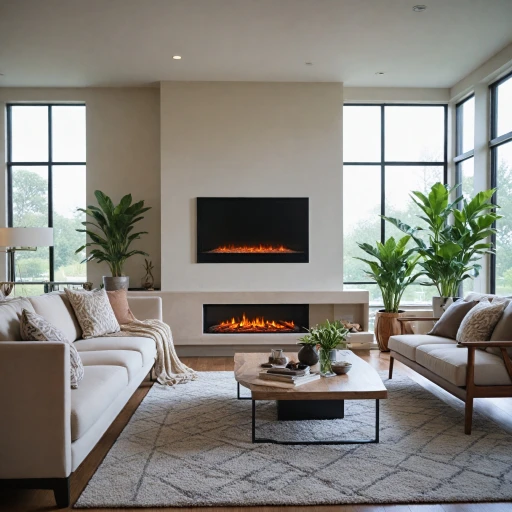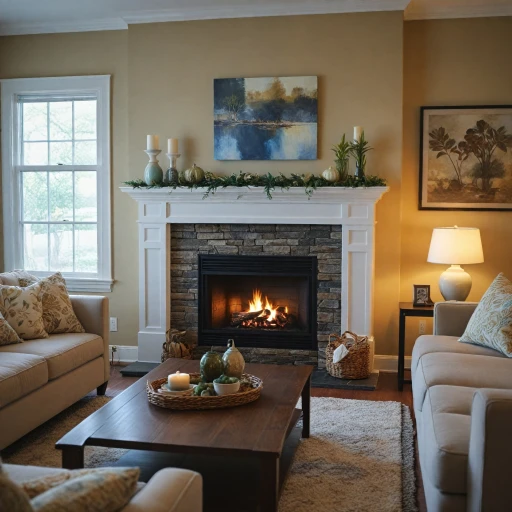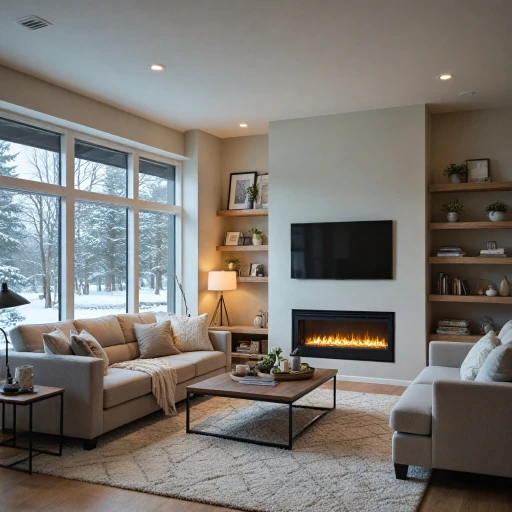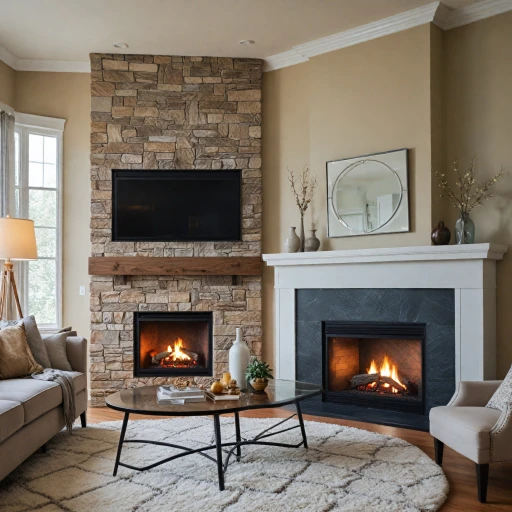
Factors Influencing Installation Costs
The Impact of Room Dimensions and Fireplace Type on Expense
Choosing the right electric fireplace can be a real heating game-changer, but before diving into installation, understanding the costs involved is crucial. The expenses for getting that cozy electric fireplace installed depend on several factors. Firstly, room dimensions play a pivotal role. A larger space might demand a bigger or more powerful unit, which usually tags along with a heftier price. On the flip side, smaller rooms can make do with compact models, effectively keeping costs under control. The type of electric fireplace you choose significantly influences the overall installation cost. Wall-mounted fireplaces are popular for their sleek design but might require more labor-intensive work compared to simpler, freestanding units. It's essential to weigh the pros and cons of various styles, including inserts and electric fireplace amends. Each comes with its unique cost implications and style benefits. Moreover, the complexity of the labor required during installation impacts the cost. If additional work like fixing or building a wall is necessary, the costs can escalate. For a deeper dive into energy efficiency considerations when selecting your fireplace, check out the energy-efficient benefits of electric fireplaces. Choosing between an electric, gas, or traditional wood-burning option will also alter the price landscape. While gas fireplaces, with their need for venting and gas lines, can ramp up expenses, electric fireplaces often land easier on the budget without the fuss of ventilation. Plus, they generally cost less in maintenance. Before you get swept away by the warmth of a burning fireplace, it's wise to account for these factors when estimating installation costs. Figuring out the balance between installation costs and the efficient heating needs of your space is key to making a smart investment.Comparing Electric Fireplaces to Traditional Options
Comparing Different Fireplace Types
When considering the cost of installing a fireplace, it's essential to weigh the electric options against traditional ones. Electric fireplaces stand out as budget-friendlier choices compared to their wood and gas-burning counterparts. Firstly, electric fireplaces eliminate the need for a chimney or extensive venting. This makes installation costs significantly lower. On the other hand, gas fireplaces often require intricate gas lines and may necessitate building a chimney or venting system, adding to the expense. Wood-burning fireplaces, while providing a traditional feel, demand substantial installation efforts and ongoing maintenance. The costs don't end at installation; regular cleaning and maintenance are essential to ensure safety and efficiency. Another factor is heating efficiency. Electric fireplaces serve as excellent supplementary heat sources. They can warm up specific rooms without the hefty tickets associated with full home heating. In contrast, both gas and wood-burning units might offer more heat over broader areas, but the energy and maintenance costs can add up over time. Overall, understanding average cost differences among these options helps in making an informed choice. Electric fireplaces undeniably offer a cost-effective and hassle-free heating alternative without sacrificing style. For more detailed insights on the warmth and efficiency these units provide, you might find this understanding the warmth of electric fireplaces article helpful. In conclusion, whether you're focused on saving on installation or seeking low-maintenance comfort, electric fireplaces can tick the right boxes for many homeowners. They're often seen as a smart investment, especially when considering potential long-term savings.DIY vs. Professional Installation
The DIY Route versus Hiring a Professional
For those who enjoy rolling up their sleeves, a DIY installation of an electric fireplace might sound tempting. After all, it seems pretty straightforward when you don't have to worry about venting or a chimney as you would with traditional gas fireplaces. However, before committing to this path, it's important to weigh the entire landscape of what DIY installation entails. First and foremost, assess your own skill level and confidence. An electric fireplace might not pose the same hazards as a gas log installation, but you'll be dealing with electrical wiring, which is no small feat. If you're not comfortable with electrical work, it's best to leave the task to a professional to avoid any mishaps or potential damage to your unit. While DIY might save you on immediate labor costs, consider the cost of tools, supplies, and the possibility of error. Mistakes can lead to unforeseen expenses and potential safety hazards. If you hire a professional, you're committing to their expertise and experience, which can bring peace of mind. The average cost of professional installation varies depending on the type of unit, its location (wall-mounted units may cost more), and labor rates in your area. On the other hand, understanding innovative electric fireplace ideas for your home can help you decide on just the right setup that fits your lifestyle, saving you potential headaches in the long run. Whether you opt for a DIY adventure or bring in an expert, remember to factor in ongoing maintenance costs post-installation. Electric fireplaces generally have low maintenance compared to wood-burning options; however, keeping your electric unit in top shape will ensure it runs efficiently and continues to provide heat without hiccups. Investing a bit more initially by hiring a professional might just save you time and money down the road.Understanding Energy Efficiency and Operating Costs
Energy Considerations in the Electric Fireplace Equation
When you're eyeing an electric fireplace, one of the factors that might jump to mind is just how energy-efficient these units can be. Unlike their wood-burning and gas counterparts, electric fireplaces don't require chimneys or vents. That’s a definite perk when looking at installation costs, but there’s more under the hood when it comes to energy consumption. Electric fireplaces are known for converting electricity directly into light and heat, allowing them to achieve efficiencies as high as 99%. That’s music to your ears—and to your wallet—since it means less wasted energy and therefore lower operating costs. And what about those heating bills? Well, with electric fireplaces, you’ll find that they offer a range of heat settings to allow you to control and optimize how much warmth is generated. Imagine snuggling up with just the right amount of heat on a chilly night without a fuss. Here's a neat trick with electric fireplaces: since they focus on heating specific rooms where you and your family spend the most time, they allow for something called "zone heating." You can keep your main thermostat lower, saving some cash without sacrificing comfort. Smart move, right? Still pondering over energy-efficiency details? Consider popping over to this in-depth exploration about how electric fireplaces fit into the broader picture of a sustainable home. Whether it’s the cozy glow, the clean lines of a wall-mounted unit, or the simplicity of not having to stockpile logs or refuel gas, the energy aspects of electric fireplaces make them a compelling choice in your heating deliberations. As we journey through your electric fireplace options, keep in mind the long-term savings you can reap thanks to these efficiency benefits.Budgeting for Additional Features and Accessories
Balancing Bells and Whistles: Adding Flair Without Breaking the Bank
When it comes to enhancing your electric fireplace, it’s easy to get caught up in the excitement of adding all the latest features. From state-of-the-art LED displays to remote controls that make adjusting the heat a breeze, the options are endless. While these features can certainly add value and convenience, they can also drive up your installation costs.
It's important to weigh your options and prioritize what's essential for your needs:
- Remote Controls and Smart Features: These can make operating your fireplace a lot easier, but consider how much you'll actually use them regularly.
- LED Flame Technology: While visually appealing, assess if it’s worth the extra cost based on your personal aesthetic preference.
- Adjustable Heating Levels: This feature might cater to variations in seasonal heating needs, potentially saving energy, but at an extra cost.
- Fireplace Inserts: If you’re looking to retrofit an existing setup, this could be a cost-effective way to modernize an old wood or gas unit.
- Wall-Mounted Units: They offer a sleek, space-saving option but might require additional installation work.
Each feature comes with its own set of potential added expenses. It's wise to make sure these expenses align with your budget and heating goals. Perhaps you might choose a few high-impact options that won’t just increase the upfront cost but bring you lasting enjoyment and efficiency. Remember, the key is to enhance your fireplace without turning it into a financial burden.
Tips for Reducing Installation Costs
Practical Tips to Tame the Budget
Exploring ways to cut down the cost of installing an electric fireplace doesn't mean skimping on quality or comfort. With some thoughtful planning and smart choices, you can enjoy the warmth of an elegant unit without feeling the wallet pinch.- Choose a Wall-Mounted Unit: Opting for a wall-mounted electric fireplace is often more cost-effective compared to gas or wood burning options. Wall-mounted models usually require less labor and aren't dependent on a chimney, cutting down on labor costs significantly.
- Plan the Location Wisely: The position of your electric fireplace affects installation costs. Placing it near an existing electrical outlet can save you from extra charges on wiring or electrical work.
- Keep the Design Simple: While ornate fireplaces have their appeal, simpler designs often come with lower price tags. They not only reduce the initial cost but also often require less maintenance over time.
- Consider Energy Efficiency: Not all models are made equal in terms of energy use. An efficient fireplace electric not only reduces your utility bills but also trims down your overall costs in the long run. Understanding the heating efficiency of different electric fireplaces helps in making the most eco-friendly and economic choice.
- DIY Where Possible: If you have the skill set, you might save on labor by handling some parts of the installation yourself. Just be sure to weigh the benefits against potential risks, like inadvertently damaging the unit or exacerbating installation costs.
- Shop Around for Deals: Simply comparing prices online or during sales events can lead to substantial savings on the unit itself. Bundles or package deals may come with attractive discounts that lower the average cost significantly.
